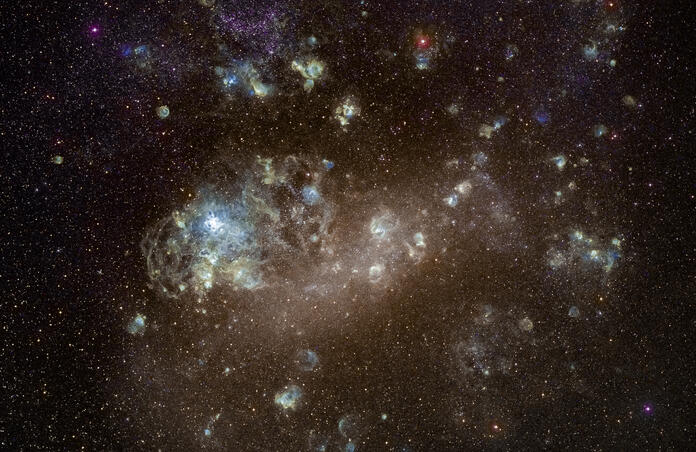The quickest way to get an astrophotography picture from Telescope Live

It’s natural when you first arrive at Telescope Live to want to immediately produce a photo.
Much frustration can be had if you don’t know where to start.
Telescope Live has made it easy both to start, and to get deep into confusion if you’re not careful.
So, let’s make you first experience pleasant and you wanting to come back for more.
Telescope Live has three methods for producing astrophotography
- One-click Observations – You select a target and the system does the rest.
- Advanced Requests – You’ll need to know just a little about acquisition.
- Pro Datasets – A tempting place to start because there is such high-quality data available.
The quick method
The quick method uses the One-click option.
This selection outputs a basic .jpg, in other words, an image. It is because of this image, that you have the quick result, but it is also dirty. You’ll have to have some fun adjusting the image in your favorite image editing application (Photoshop, LightRoom, Picassa, Windows Photo Editor). These basic and sometimes free editors allow you to adjust color, exposure, saturation, and contrast giving you a QAD result that you can show your friends. You do not have to use the astronomical software that is required for more enhanced pursuits.
When moving into more sophisticated processing you will use the monochrome files produced by any one of the above methods and meticulously tweak each one as you finally combine them into a glorious work of art. Telescope Live offers a wide variety of tutorials showing you how to do it.
This blog post was originally published in our Telescope Live Community.
The Community represents Telescope Live's virtual living room, where people exchange ideas and questions around astrophotography and astronomy.
Join the conversation now to find out more about astrophotography and to improve your observation and post-processing skills!
Image Credits:
Large Magellanic Cloud processing by Jim de Lillo using our One-Click Observation
